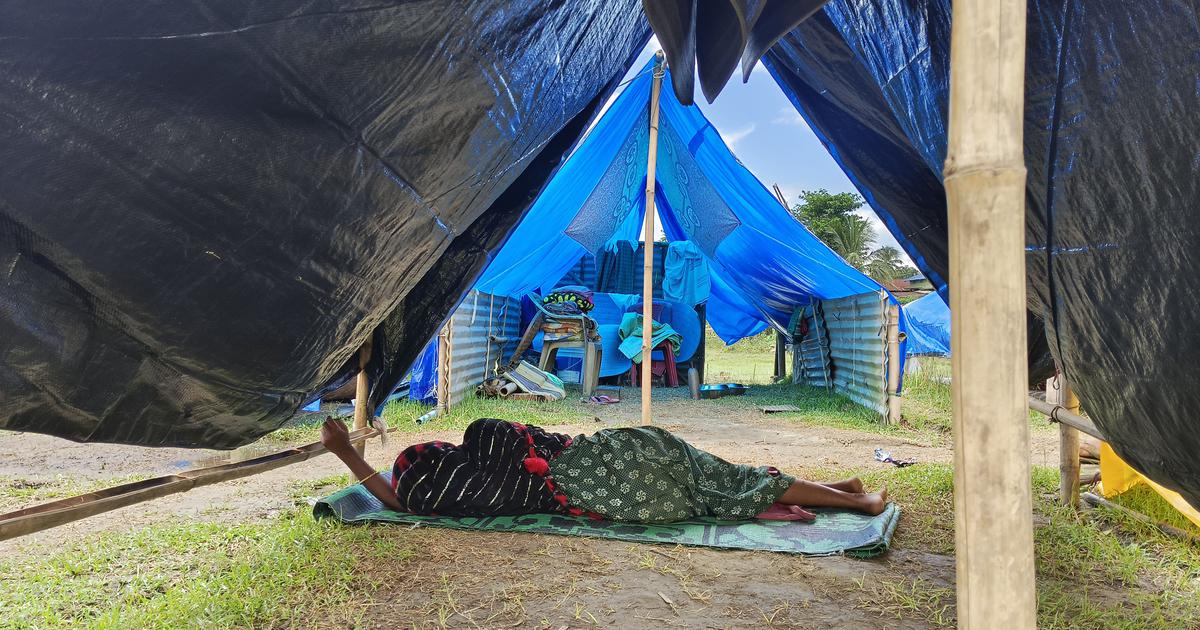
“Twenty-five years ago, the Brahmaputra took away our home,” said 38-year-old Safiur Rahman Mondol. “Now, the government has bulldozed it.”
Over two decades ago, Mondol’s home on a char, the temporary sandbar islands of Assam which are regularly swallowed by the Brahmaputra, was washed away.
The family landed up 10 km away at Churuabakra village in Assam’s Dhubri district.
But last month, Mondol’s home and that of 1,400 Muslim families of Bengali origin in the area were demolished to make way for a power project. “My brother and I built the homes after working for the last 25 years,” Mondol said. “We have nothing left now.”
The district authorities designated 300 bighas of land for the rehabilitation of the evicted people, according to a notice issued by the Chapar revenue circle officer. It also granted a one-time relief of Rs 50,000 for residents to transport their belongings.
This story was originally published in scroll.in. Read the full story here.

